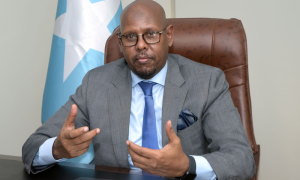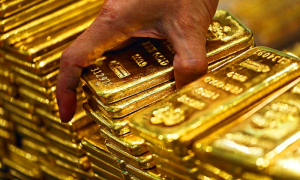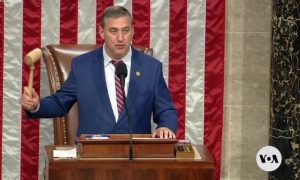CALIFORNIA: The new study aimed to unravel the mystery of how women’s bones remain unaffected despite losing calcium to produce milk. Researchers from the University of California, San Francisco (UCSF), and UC Davis discovered a hormone that helps keep breastfeeding mothers’ bones strong, which could also aid in healing fractures.
Although estrogen levels are low during breastfeeding, “osteoporosis and bone fractures are much rarer,” indicating that another factor is at work. The researchers identified this factor as a new hormone called CCN3.
The Search for CCN3
Previously, senior author Dr. Holly Ingraham and her team found that blocking an estrogen receptor in neurons in a specific brain region of female mice led to increased bone mass. They suspected a blood-borne hormone was involved but couldn’t pinpoint it. After an exhaustive search, they identified CCN3, a hormone that behaved uniquely compared to other neuron-secreted hormones.
“The notion that a hormone can be secreted directly from the brain is a new concept in the field of endocrinology,” the researchers noted. Their findings suggest that other hormones might be secreted from the brain in response to physiological changes, such as lactation.
The researchers located CCN3 in the same brain region in lactating female mice but have yet to identify its receptor. In the absence of CCN3, lactating female mice lost bone mass, and their babies lost weight, highlighting the hormone’s importance. They named it the Maternal Brain Hormone (MBH).
Notably, CCN3 doubled the bone mass in very old female mice and those lacking estrogen. Further tests confirmed the enhanced strength of these bones.
Dr. Thomas Ambrosi, a collaborator on the project, explained that while highly mineralized bones are not always better, the bones exposed to CCN3 were much stronger than usual. Examination of stem cells in the bones revealed that CCN3 supported the production of new bone cells, suggesting that the hormone could assist in bone healing.






















